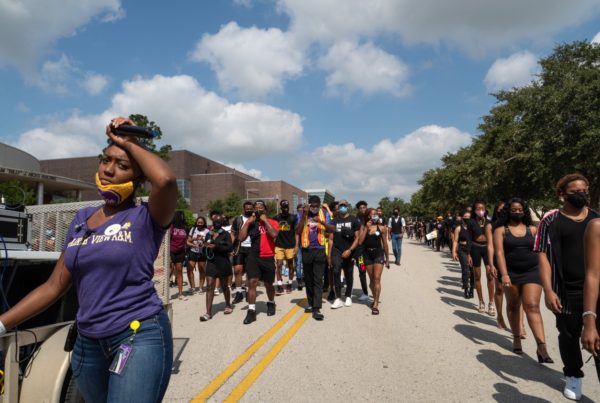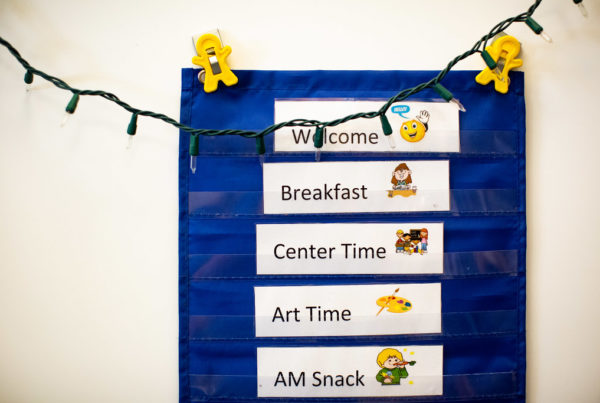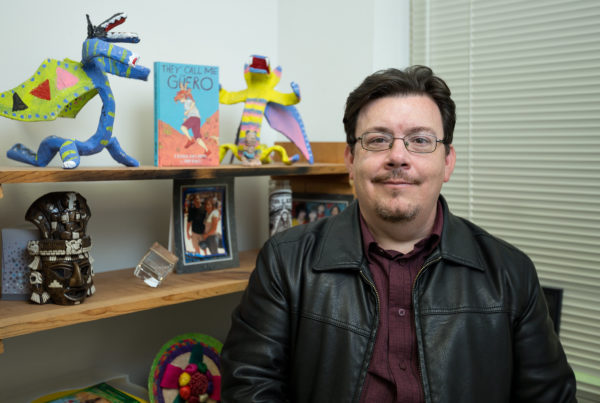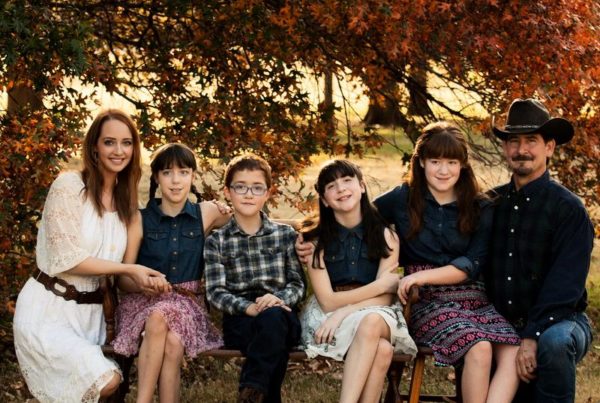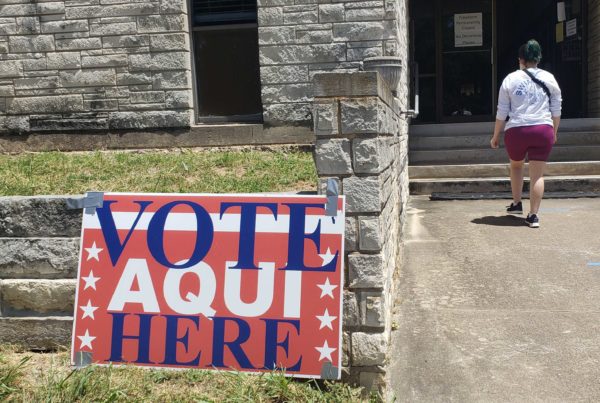In some Texas school districts, fluctuating numbers of coronavirus cases have caused a whiplash effect. After starting with remote learning then transitioning into the classroom, some schools are now going back to laptops and tablets once more. That includes districts in Keller, Alpine and the El Paso area. But many districts are doing the exact opposite – suspending or cancelling remote learning altogether, and telling students to come back to campus.
Texas Standard spoke with two superintendents whose districts have returned to in-person instruction after experiencing problems with remote learning. Marty Crawford, who is superintendent of Tyler Independent School District, said even before his district’s return to in-person learning, 82% of students were attending classes on site. But, remote learning there remains available for students who provide a medical note indicating that returning to class would be a health risk.
Crawford said it was teachers who asked the district to bring back in-person learning.
“They realized that we have a pending crisis – a pending academic crisis, a pending nutritional crisis,” he said. “After the first six weeks we had 60% of our students learning at home that were failing … and we were also 4,000 meals down per day.”
He said on-campus health and safety rules can be made stricter or more lenient depending on what happens with COVID-19 positivity rates.
Dallas Grimes is superintendent of Roosevelt Independent School District outside of Lubbock. He said his district also had a high number of students attending in-person classes, even when remote learning was in full swing. He said 70% of remote learners were failing at least one class during the first six weeks of school.
“It just wasn’t working for us,” Grimes said. “Our teachers were providing remote and in-person lessons, and working themselves to death. And our parents and students weren’t holding up their end of the bargain.”
Grimes said parents were not doing what was needed to make remote learning work.
“This deal with the remote option was going to take everybody working together, and it just wasn’t happening for us and our community,” Grimes said.
Crawford said he understands why parents weren’t always able to do what was needed to make remote learning successful.
“If you’ve got a district of low socioeconomic status, possibly those parents are working two jobs a day,” he said. “They may lack technology to be able to [support students’ remote learning.]”
Crawford said that internet connectivity is also a problem for families, even in metropolitan areas.
To keep students and staff safe in schools, Crawford says Tyler ISD is requiring masks, hand-washing, thorough facility cleanings and social distancing.
“In East Texas, we were the only district, at first, to require everybody to cover their faces,” Crawford said.
Grimes said it’s highly unlikely Roosevelt ISD would return fully to remote learning.
“The reason why remote learning didn’t work is because the professional educator wasn’t in the vicinity of the kids,” Grimes said.
He said the classroom setting is best for students’ health and well-being.
“Enough is enough,” he said. “It’s time for us to get back.”





